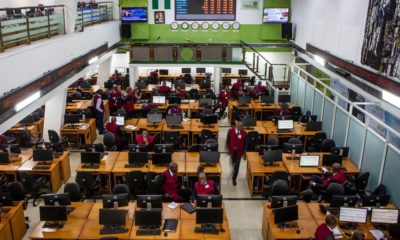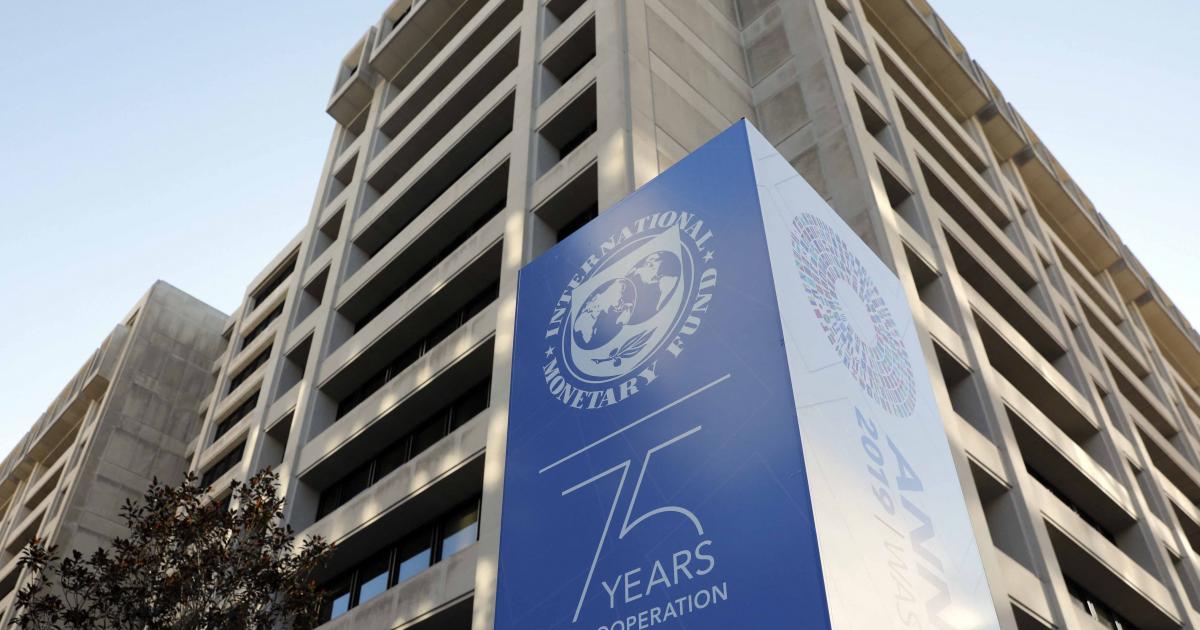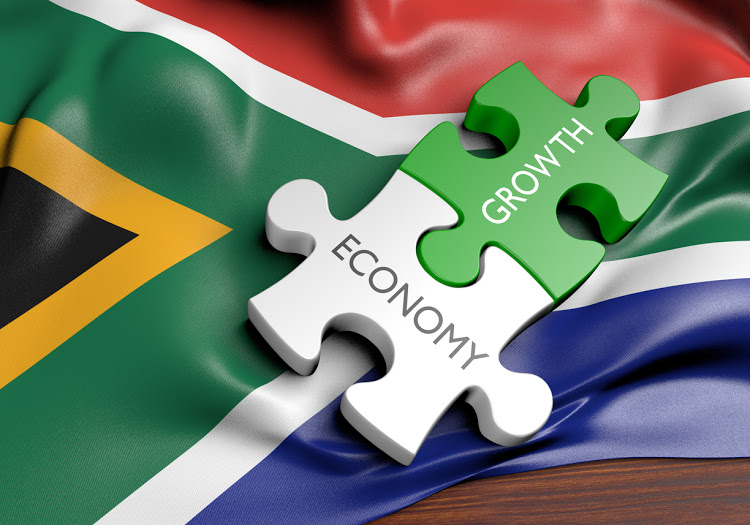- Oil Falls for Third Day over Rising US Shale Output
Crude oil prices dropped for a third day from close to two-year high yesterday as rising United States output hampers efforts by the Organisation of Petroleum Exporting Countries (OPEC) and non-OPEC to cut output and rebalance the oil market.
Traders and investors have reportedly questioned how much the prospect of further rises in United State output might overshadow some of the optimism that OPEC-led production cuts would tighten the balance between crude supply and demand.
The US shale output for December is set to rise for the 12th straight month and Fitch Ratings said in its 2018 oil outlook that oil prices above $60 per barrel may not be sustained.
Brent crude futures were last down at $62.82 a barrel yesterday, while US West Texas Intermediate (WTI) futures fell to $56.49.
Both benchmarks early in the previous week hit high last seen in 2015, but Reuters quoted traders as saying that the market had lost some momentum since then.
Traders said they were cautious about betting on further price rises.
This sentiment comes in part on the back of rising U.S. oil output C-OUT-T-EIA, which has grown by more than 14 percent since mid-2016 to a record 9.62 million barrels per day (bpd).
The US government said on Monday that the US shale production in December would rise for a 12th consecutive month, increasing by 80,000 bpd.
Fitch Ratings said in its 2018 oil outlook that it assumed 2018 “average oil prices will be broadly unchanged year-on-year and that the recent price recovery with Brent exceeding $60 per barrel may not be sustained”.
So far, in 2017, Brent has averaged $54.5 per barrel.
Despite the cautious sentiment, traders said oil prices were unlikely to fall far, largely due to supply restrictions led by the OPEC and Russia, which have helped reduce excess stockpiles.
The International Energy Agency (IEA) on Tuesday delivered a more cautious outlook for oil demand.
In a monthly report, the Paris-based agency cut its oil demand forecast by 100,000 bpd for this year and next, to an estimated 1.5 million bpd in 2017 and 1.3 million bpd in 2018.
The IEA said warmer temperatures could cut consumption, while sharply rising production from outside OPEC might mean the global market tilts back into surplus in the first half of 2018.
United Arab Emirates’ minister for energy Suhail al-Mazroui had said he expected OPEC and non-OPEC countries to extend global supply cuts at the November 30, 2017 meeting.
The minister said at the Abu Dhabi International Petroleum Exhibition Conference (ADIPEC), that his prediction was that OPEC would continue to do what it would take to rebalance the market.
He added that while he had not heard any OPEC members discussing the possibility of not extending the deal, the time and duration of an extension was still to be decided.
OPEC members were reportedly forming a consensus around extending by nine months their production cuts deal with other crude exporters.
An extension would prolong the agreement among OPEC, Russia and other oil-producing nations to keep 1.8 million barrels a day off the market through the whole of next year.
The exporters reached the deal last December and had already extended the agreement once through March 2018.

 Forex2 weeks ago
Forex2 weeks ago


 Naira2 weeks ago
Naira2 weeks ago
 Billionaire Watch1 week ago
Billionaire Watch1 week ago




 Naira2 weeks ago
Naira2 weeks ago




 Naira1 week ago
Naira1 week ago




 Naira4 weeks ago
Naira4 weeks ago
 Nigerian Exchange Limited4 weeks ago
Nigerian Exchange Limited4 weeks ago


 Naira3 days ago
Naira3 days ago
















